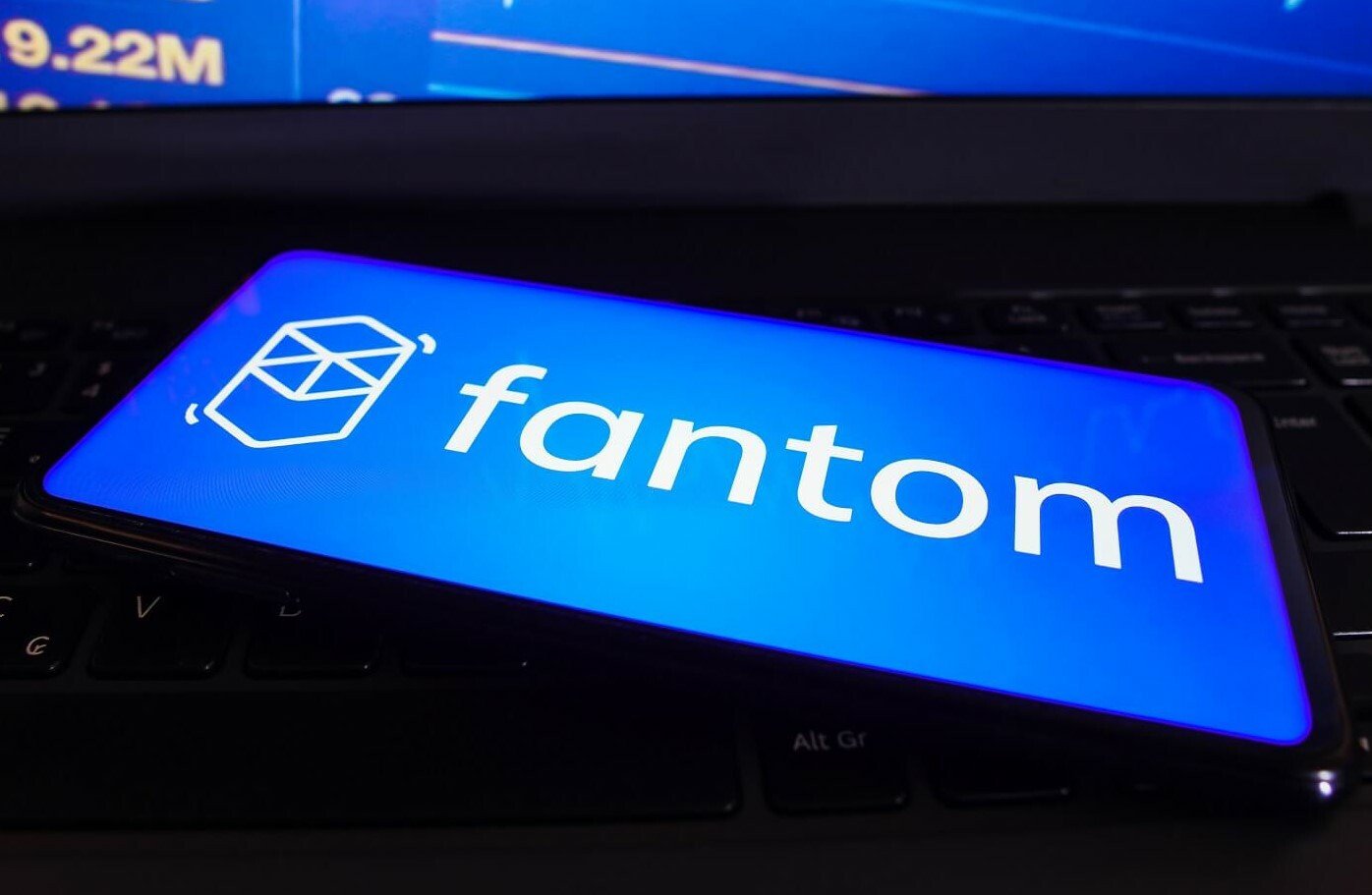Brands that want to renew their loyalty efforts with Blockchain
Consumer sentiment regarding web3 has been declining. In the wake of the crypto crash and demise of crypto trading platforms like FTX, amid widespread fraud and/or undisclosed endorsements promoting digital assets (including from big-name celebrities and heavily followed influencers), and as metaverse platforms continue to lack the sophistication to engage/ entice consumers in a meaningful way, it’s not hard to understand why. Against this background, there are many companies that shy away from the virtual world, and choose not to go full speed when it comes to metaverse and/or art-related NFT ventures and the corresponding investments.
A potential shift away from things like the digital art-associated NFT projects that dominated headlines in 2021 does not necessarily mean that a larger rejection of web3 and its other facets is underway. Indeed, in its annual Global Powers of Luxury Goods report, Deloitte claims that “the continued digital revolution of the web3 is generating much enthusiasm in the luxury industry and providing unprecedented opportunities for companies to be innovative and disruptive.” Citing a number of web3-centric endeavors that companies are readily eyeing, the consultant says that “blockchain technology, typically associated with cryptocurrencies, has gained a role in the luxury goods market,” such as from product tracking and authentication perspectives.
The consultancy specifically highlights a partnership between the LVMH, Prada Group and Cartier-created Aura Blockchain Consortium and the King Charles III-founded and Federico Marchetti-led Sustainable Markets Initiative Fashion Taskforce. The consultancy touts the Digital ID system, one of the efforts of the Fashion Taskforce, in particular, as “a new solution that labels luxury products and records details of their production and sustainability credentials.”
Deloitte also points to an influx of counterfeits and the rise of secondary market transactions, prompting companies to “turn their attention to efficient solutions,” with digital passports or digital IDs – which are digital tools using blockchain technology that can help identify origins to luxury goods – as a potential form of recourse.
The intersection between loyalty and web3
Another interesting use case for blockchain technology beyond art-linked NFTs comes with the help of corporate loyalty programs. A number of brands focused on loyalty initiatives in 2022, with Christian Dior, for one, focusing on a multi-level loyalty program in conjunction with the Beauty division that “provides exclusive benefits that reward members’ engagement with the brand to motivate action,” while retailer Rebag rolled out out new “Premium Payouts” and “Spending Bonus” features that it says “will increase brand loyalty by rewarding customers who stay in the Rebag ecosystem for the long term and reinvest their payouts.”
That effort — which follows on the heels of successful plays by the likes of LVMH-owned Sephora, for example, whose 15-year-old Beauty Insider program has more than 25 million members — makes sense in the current market. According to a recent Oracle report, 71 percent of US consumers are active in at least one loyalty program per month, 56 percent have at least one loyalty program app on their phone, and 62 percent of consumers are willing to choose one brand over another because of its loyalty program.
Into 2023, loyalty-focused endeavors are expected to continue to play a role for brands across the board – and likely with the help of blockchain, which is being touted as capable of improving loyalty programs and improving operational efficiency overall. Software development company Itransition suggests that blockchain-based, multi-channel networks can “eliminate many inefficiencies typically associated with loyalty program management and add new opportunities for companies to engage with customers” – from enabling customers to use a single e-wallet for redemptions all their loyalty rewards (rather than managing multiple digital accounts) to ensure loyalty points can be tracked – and targeted to consumers – more precisely.
In addition, blockchain-based systems could enable loyalty-specific transactions to be “recorded and accessed by multiple involved parties in near real-time,” protected against “double-spending, fraud, abuse, and any other type of manipulation of the transactions,” and potentially frictionless from a consumer perspective, according to a previous report from Deloitte.
Starbucks, AmEx, BMW and more
One need look no further than Starbucks to see an example of this in action. The coffee chain launched a beta version of Starbucks Odyssey last month, making it “one of the first companies to integrate web3 technology and NFTs with an industry-leading loyalty program at scale.” The Odyssey initiative combines the company’s existing app-based Starbucks Rewards loyalty program — which boasts nearly 30 million active users and drives about 50 percent of the company’s order volume — with a Nifty Gateway platform to enable consumers to earn and buy digital “stamps” and unlock access to “exciting new benefits and experiences.”
Other entities – such as American Express, BMW and Singapore Air – are also looking to blockchain-based systems for their own loyalty and/or rewards efforts.
The impetus for the move to experiment with the intersection of loyalty and web3 beyond some of the practical benefits (like loyalty point tracking, wallet consolidation, etc.)? Deepen the consumer’s connection with the brand. Reflecting on the move to leverage web3 technology for its long-established Rewards program, Starbucks EVP and Chief Marketing Officer Brady Brewer said last month that it will “allow our members to access experiences and ownership that were not possible before” and are “unique Starbucks.”
This is very much at the heart of what the metaverse is for most brands, which Deloitte says is “mainly us[ing] it to strengthen their brand equity and drive traffic to their websites and stores.” There are, of course, “many other potential uses, but to enable any of them, companies need to adopt the fundamental technologies that underpin the metaverse (such as NFTs and blockchain) while adapting to the rapid pace of technological change. “


